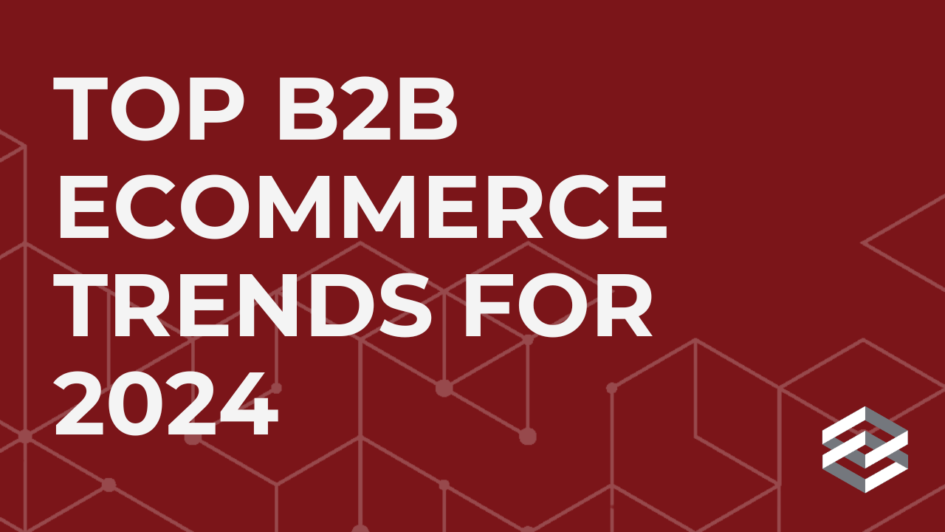B2B ecommerce has been gaining popularity over the past few years and is expected to grow even more in 2024 and beyond. In a recent study, Salesforce estimated 53% of B2B revenue will come from digital sources within two years, up from 41% currently. As more companies move to take advantage of the efficiency, simplicity, and automation ecommerce brings to historically manual B2B transactions, here are the top trends changing the B2B selling landscape in 2024:
Combining B2B and B2C operations
Many consumer-facing brands have long kept their wholesale operations and their direct-to-consumer operations separate. This year, many companies will make the jump to platforms that can identify and serve both types of clients in one digital location. Managing a single backend that easily caters to businesses and consumers greatly simplifies operations and increases efficiency – two important factors for many businesses in 2024.

Personalized experiences
B2B buyers have come to expect the same personalized experience they get in B2C eStores from their suppliers. In 2024, expect to see more B2B sites adopting personalized storefronts that focus on the shopper’s interests and past activity, dynamic pricing based on account spend, location, or volume, and varying payment options per account.
Self-serve options
This year, clients will want to help themselves. Online shopping has conditioned B2B buyers to expect the same purchase flow from B2B sellers and avoid having to go through a representative for most standard orders. Representatives will spend more time developing new business, negotiating high-level agreements, and then setting up their clients with accounts that reflect the pricing, discounts, and spending limits.

Simplified purchasing
Smart B2B sellers will be rolling out one-click checkouts for B2B clients to facilitate and expedite purchasing. Think of links accessible to clients via email, chat, or even QR codes at events or showrooms that go straight to checkout.
AI
Many eCommerce platforms are adding AI-powered features to their solutions. B2B teams will be able to leverage them to create copy, such as dynamically generating product descriptions or translations, or to personalize the client experience, such as dynamically merchandising the storefront based on taste and preferences.
Are you looking to launch or improve your B2B eCommerce experience in 2024 by leveraging these trends? Let DigiCommerce show you how we can quickly implement all these trends into your new or existing solution. Contact us today.

